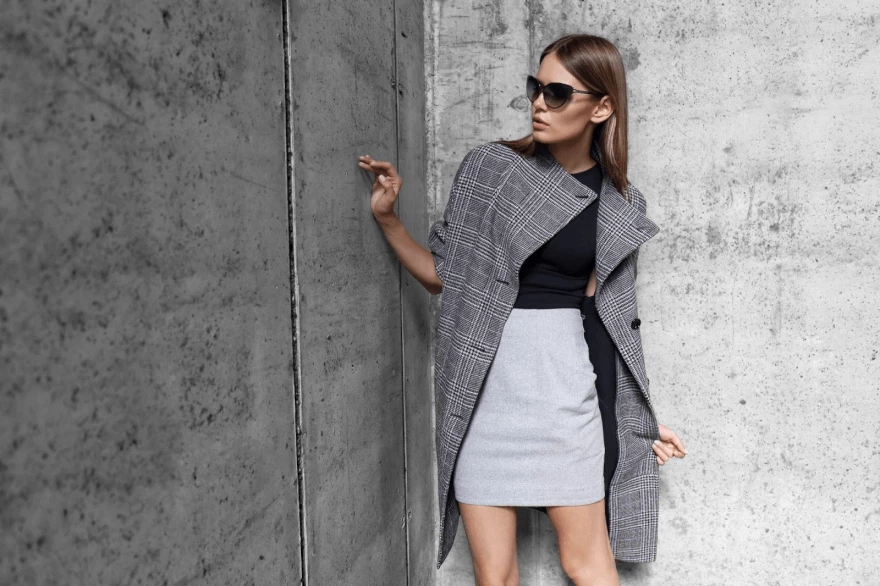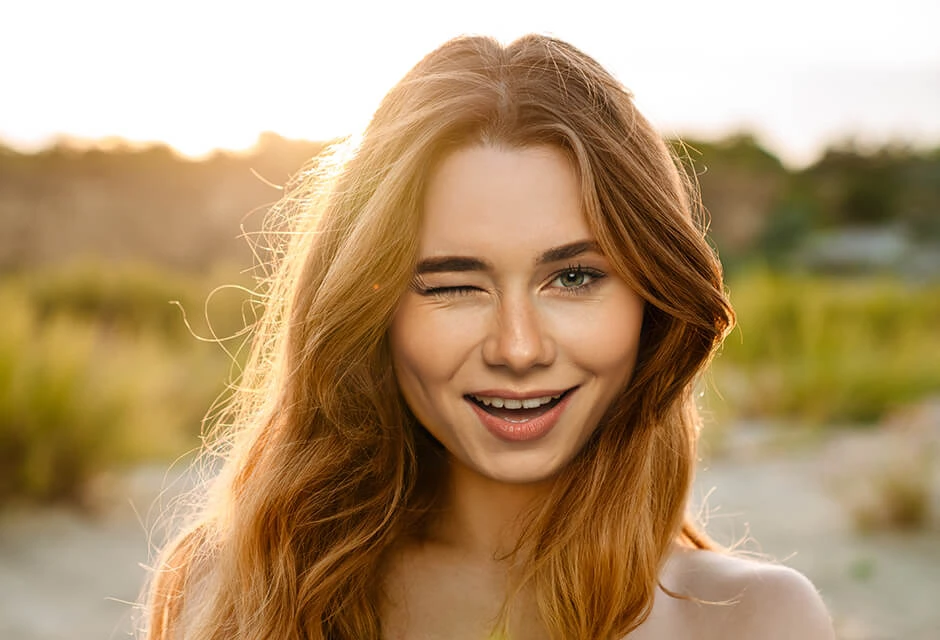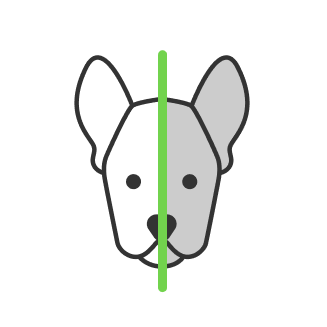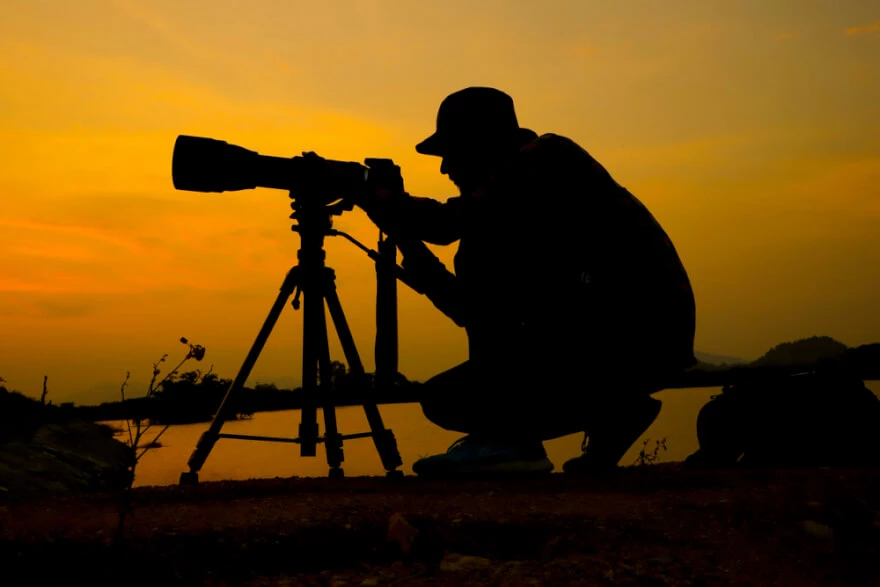Female model poses

- How to model female poses
- Basic modeling poses
- The model poses female standing
- Professional model poses female standing
- Poses in Action
- Model poses female sitting examples
- Tips for sitting poses
- Foot position
- Posture
- Arms and wrists position
- Best portrait poses
- Tips for portraits and headshots
- Conclusion
As a beginner or advanced photographer, the first thing you must have figured out is how your camera works. Usually, we watch guides and tutorials on how to get the best settings on our camera to get a great shot. But that is only part of success, the way a model behaves in the frame also has a lot to do with it. Today we discuss female model poses for photoshoot giving you the best tips and examples for that matter.
How to model female poses
It is very common thing that you will work together with models who do not know how to move in the frame, especially at the beginning of your career. And at first glance, it might seem that just pointing the model in the right position is enough. However, this is far from the truth. The key factor here is the communication between the photographer and the model. It does not matter if you are setting up the camera or if you have already started shooting, you need to keep talking and getting to know your model. Communication allows you to break down barriers of shyness and workflow tension between people. Trust plays an important role here. If there is a good rapport between you and your model, then the result in the photo will be amazing. Otherwise, embarrassment will show up in the frame in the form of closed poses and lost sight of your model. You need to give the model an opportunity to feel confident. Just like explaining to the person what you are doing whether you are setting up your lighting or what you are planning on shooting as well. Give them a little bit of an idea of what you are hoping to create with them will make them on the same page with you and that way you can bounce ideas between each other if you are communicating when you are shooting.
Basic modeling poses
In order to better feel the connection between you and your model you need something to build on, so you should have a set of standard positions from which your model will be able to reveal itself. Having such a roadmap and discussing it with your model will ease the workflow and relief possible tension in a process. Human nature is that we feel more comfortable when we get to know what are we going to do. So let us go to the basics of model positioning.
Here is the roadmap:
- Model standing
- Model in action
- Model sitting
- Portrait
- Headshot
And now let us break it down in more depth with particular examples and ways to pose in a picture for certain standards
Unlike male model photo shoots, where we mostly emphasize confidence, reliability, strength, and muscularity, in the case of women we can be more flexible. There can be a certain playfulness, gracefulness, girl body curves, and everything that emphasizes female beauty. It is important for us to make the model feel desirable, then she will open up like a flower.
The model poses female standing

Perhaps the most universal and simple at the same time is the standing pose. The female figure is full of beautiful curves and one of the photographer's tasks is to skillfully emphasize these charms. When photographing standing positions it is also important to reveal a part of our model's character. Your goal as a photographer is to get to know this very character and to direct it in the right pose to avoid the so-called stony poses. Set the model half sideways flexing her hair. Little details like a slightly open jaw are good for giving a bit of mystery to your model, with her gaze going into the frame hinting that she is up to something interesting in the process. That is what we are trying to capture in the frame.

The model should be relaxed and get to sort of a flow in a frame. The pose should not be forced but emphasized at the same time.
Professional model poses female standing

If you get to work with professional and high-fashion models you find out that this is probably the best way of learning. You do not have to lead professional models that much, but the opposite, they will show you the ways most of the time. They usually know how they want to look in the frame and as a photographer, you are just required to do slight adjustments while having a better angle behind the lens. Then you can use these results as anchor points for your work with less experienced individuals by showing them examples you think will fit them well.

Depending on the angle and model position we can choose what we emphasize in our frame. We can focus either on the model or the outfit, depending on what we want to shift the focus to. This is the so-called three-point technique. For example, if we want to focus more on certain details of our model’s outfit, you can ask your model to look away from the camera which will accentuate attention on the outfit more than on the model. That is a very common technique in wedding photography when the Bride is solo in a frame.

The style and clothing should fit the environment you are shooting at. In that terms shooting in a studio you get more freedom for clothes styles. Something that does not fit the street could be revealed differently in a studio.

Some women prefer to emphasize confidence with a business style. Here is where you can allow so-called closed poses with arms crossed on the chest or hands on the waist.

But in most cases closed poses are to avoid.
Standing poses for photoshoot female are often full-sized photographs and they are good when combined with some props. Props can fill the frame and make it look more complicated in a good way.

Styles that fit a particular model allow her for taking confident poses and poses in a playful manner as well.
Playful standing poses reveal the best if you are photographing couples like in the shot below.

And here is where we are shifting to action poses!
Poses in Action
Standing poses are a great transition to dynamic shots. Such poses can include jumping, dancing, and other choreography. The dynamics in the frame are mainly set by the positions of the arms and legs. Depending on your model’s character and preferences you can have a lot of variety in doing your photoshoot.

Whether it be sports or simple and casual appearances we add some moves into the picture.

A good tip is to use a low angle while doing dynamic shots, it will represent your model's might.
Model poses female sitting examples
Action poses are good for any standards. You can also do action shots for female model poses on stool.
Let us say your model has a gymnastics background, we can play this around! We can start from the basics.

And then use the stool as a prop!

It can also be more simple but still in action and playful

Also do not forget about the gracefulness and relaxedness, regardless of the chosen style and setting. All this can play with new colors.

Tips for sitting poses
In general, the seated poses are probably the most difficult and require an individual approach to each model. But there are also a number of control points that can help us achieve better results.
Foot position
For example, if the model is sitting on a high chair or in a deep stance, then her legs can hang down, and the weight of it can make her hips look bigger, and cause asymmetry in the shot. Adjusting the height, we ask you to put your legs against the bar of the chair or cross your legs at a certain angle. Keep in mind that crossed legs create a more feminine look, while spread legs make a more masculine look.
Posture
Posture is just as important, shoulders should be squared. If you have difficulty conveying this to your model, you can ask her to imagine that she was pulled on top of the back. That's how you correct the curve in the back and watch the shoulders. The neck should be pronounced in the frame.
Arms and wrists position
There are two major rules. Avoid the mirror image and make sure you set a goal for your hands. Hands should not be hidden or parallel to each other. We can put one hand on the armrest and the other touching the neck, for example. Avoid 90-degree angles when positioning your hands.
Best portrait poses

The fundamental factor in portrait photography is to convey the character of your photo model. The purpose of portrait photography is not only to capture the model physically, but also to convey her feelings, emotions, and thoughts. It is as if the photographer captures and forever leaves on film a moment in the life of the person on the other side.

Portraits and headshots are very focused on the facial expression of your model, therefore if your model feels uncomfortable this will be shown in a shot. As a photographer, you want to avoid that at all costs by establishing better communication with the model. In this case, we do not focus the model's attention on bad shots but try to make adjustments on the fly and give positive feedback to your model in any case.
Tips for portraits and headshots
A good tip for doing headshots is to find your model’s best side. Ask your model to look at left and right and find the better symmetry in the image this way. With the experience, you will be able to find out that different sides of the face could be more or less symmetrical with eyes and nose. Choose the best one and give your model feedback with different results to compare and see if you are on the same page.

Another important aspect of creating good portrait images is the emphasis on the jawline. If this line is well expressed in the frame then the portrait will be more attractive and all the attention will be on your model’s face. Simple manipulations such as asking your model to move her chin up or down can produce different quality results.
Conclusion
To resume everything we have said in this topic it is important to note that knowing techniques is only a part of success in photographing models. Communication is the key to better interaction. We hope these modeling picture ideas provide you with a better understanding of the photoshoot industry as a whole, but do not forget to be creative on your own this is what helps your photos stand out from other photographers.
Co-founder of RetouchMe. In addition to business, he is passionate about travel photography and videography. His photos can be viewed on Instagram (over 1 million followers), and his films can be found on his YouTube channel.
Moreover, his profile is featured on the most popular and authoritative resource in the film industry — IMDb. He has received 51 international awards and 18 nominations at film festivals worldwide.

with RetouchMe














